Groundbreaking iPhone 12 Pro Officially Announced with LiDAR, Dolby Vision 4K Video Recording and More
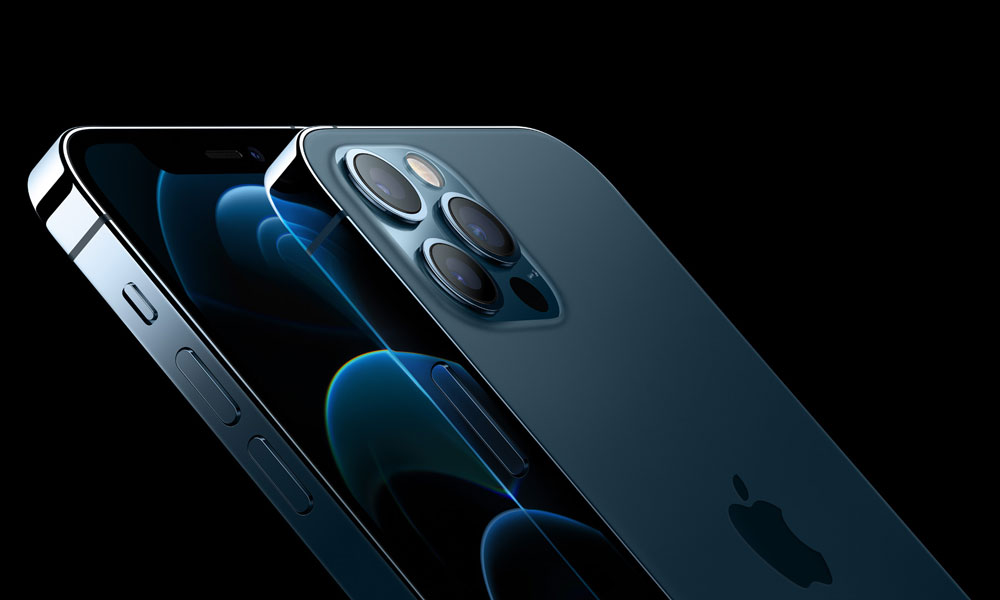 Credit: Apple
Credit: Apple
While the debut of this year's iPhone lineup included a new smaller standard iPhone model in the form of the 5.4-inch iPhone mini, Apple also debuted two new "Pro" versions of its iPhone 12 as direct successors to last year's iPhone 11 Pro and iPhone 11 Pro Max.
With this year's advancements, however, combined with a more well-rounded iPhone 12 lineup, it's becoming clearer than ever that Apple intends to have its iPhone 12 Pro models live up to their designation, not only representing flagship, high-end iPhones, but iPhones with the features and tools that true professionals need.
While the iPhone 12 is probably still the best iPhone for most users, this year's iPhone 12 Pro packs in some truly impressive photographic features that will appeal to anybody who seriously wants to up their photography and videography game. Read on for everything that's new and exciting about the iPhone 12 Pro.
New Design in 'Pacific Blue'

The entire iPhone 12 lineup — Pro and non-pro models alike — received its most significant design overhaul in about six years, moving to a flat-edged design that's reminiscent of the iPad Pro while also heartening back to the iPhone 4 and iPhone 5 era.
The new design actually offered a slightly sleeker aesthetic, despite the flat-edged sides, but has the practical aspect of allowing the 5G antennas to be more adequately exposed through the stainless steel sides.
As with last year's iPhone 11 Pro, Apple has gone with a surgical grade stainless steel band, although it's even more striking and pronounced in this year's model, which is also available in four colours, which Apple's newly-minted Senior VP of Marketing, Greg "Joz" Jozwiak, described as "elegant silver, rich graphite, stunning gold, and pacific blue."
The silver and gold versions more or less mirror last year's iPhone 11 Pro versions, although Joz noted that this year Apple is using a high-power magnetron coating process to give the gold edges an even more stunning finish.
Graphite, on the other hand, is effectively the new Space Grey, although as with the Apple Watch Series 6, there are likely some subtle differences in the shade, for all intents and purposes it's the darker iPhone model.
The real star this year is the new Pacific Blue, which replaces last year's Midnight Green with what appears to be an equal amount of elegance. While the non-pro iPhone models have always leaned toward more vibrant and fun colours, Apple has decided to keep the colours in its higher-end lineup more muted and classy, as befitting of their "Pro" status. Midnight Green was, in fact, the first time that a mainstream iPhone had gained any colour beyond the basics, and it seems that Apple has started a trend here.
As before, the rear glass is also precision-machined, and like the iPhone 12 the iPhone 12 Pro models will also incorporate the new specially-designed Ceramic Shield glass that Apple developed in partnership with Corning.
Display Technology
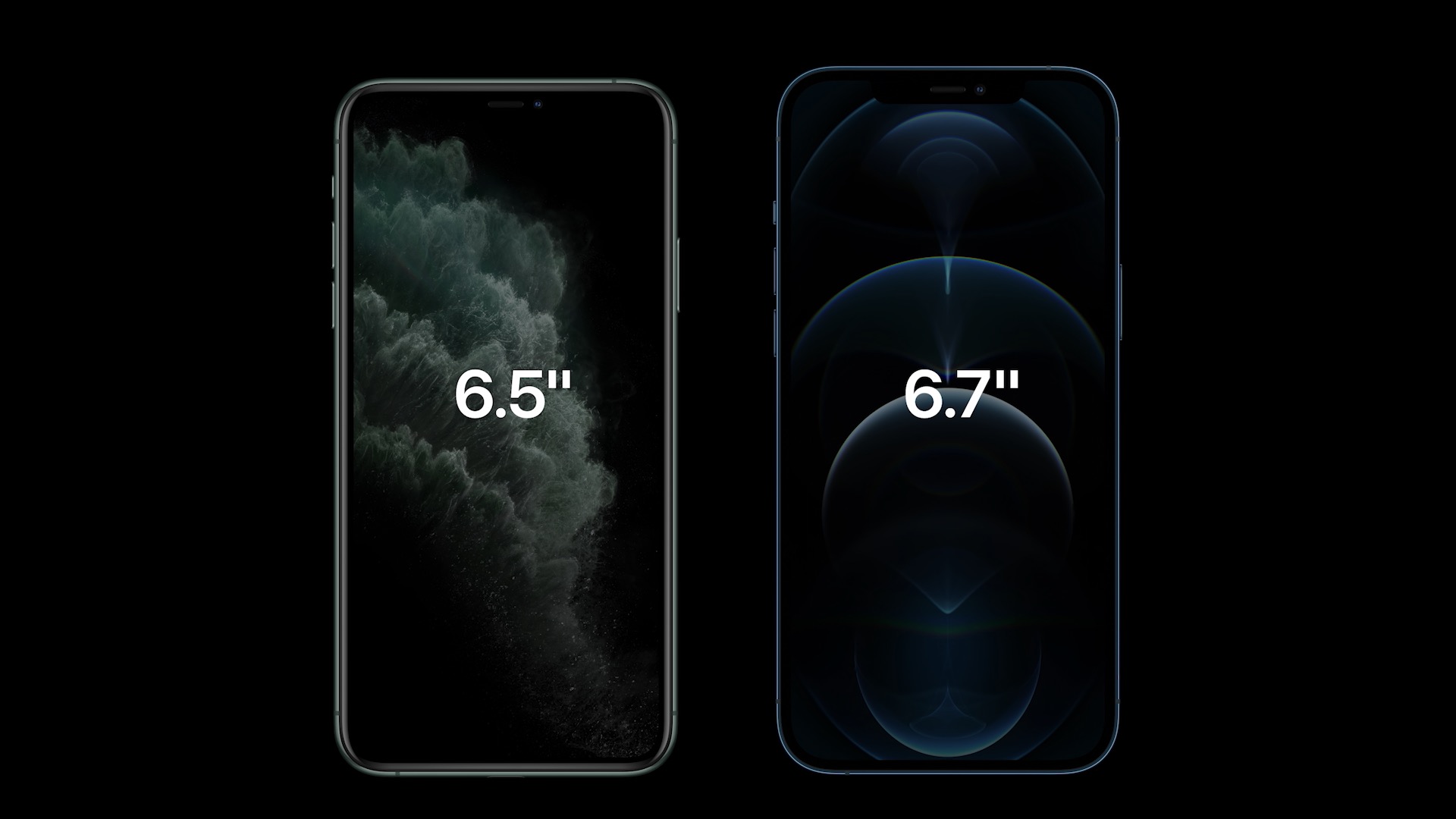
The entire iPhone lineup is once again using the same display technology, for the first time since Apple introduced the OLED-equipped iPhone X back in 2017, with the lower-end iPhone 12 models gaining the same Super Retina XDR Displays as the iPhone 12 Pro.
However, it seems likely this wasn't Apple's original plan, since we saw enough reports suggesting that Apple really wanted to put faster 120Hz "ProMotion" displays into its iPhone 12 Pro lineup this year, but had to abandon its plans as a result of component shortages.
The result is that the iPhone 12 Pro and iPhone 12 Pro Max appear to feature the same basic display technology as last year's iPhone 11 Pro models, while the iPhone 12 and iPhone 12 mini have basically caught up (technically, the iPhone 12 displays list a slightly lower "typical" brightness, but that's more likely an implementation detail rather than a difference in display technology, since all other specs, including maximum HDR brightness, remain identical).
The displays have increased on the iPhone 12 Pro and iPhone 12 Pro Max, however, growing from 5.8 inches and 6.5 inches to 6.1 inches and 6.7 inches, respectively. However, due to a reduction in bezel size, the iPhones themselves haven't actually grown nearly as much as you might think; each model only gains 0.11 inches in width and 0.01 inches in height.
More Photographic Power
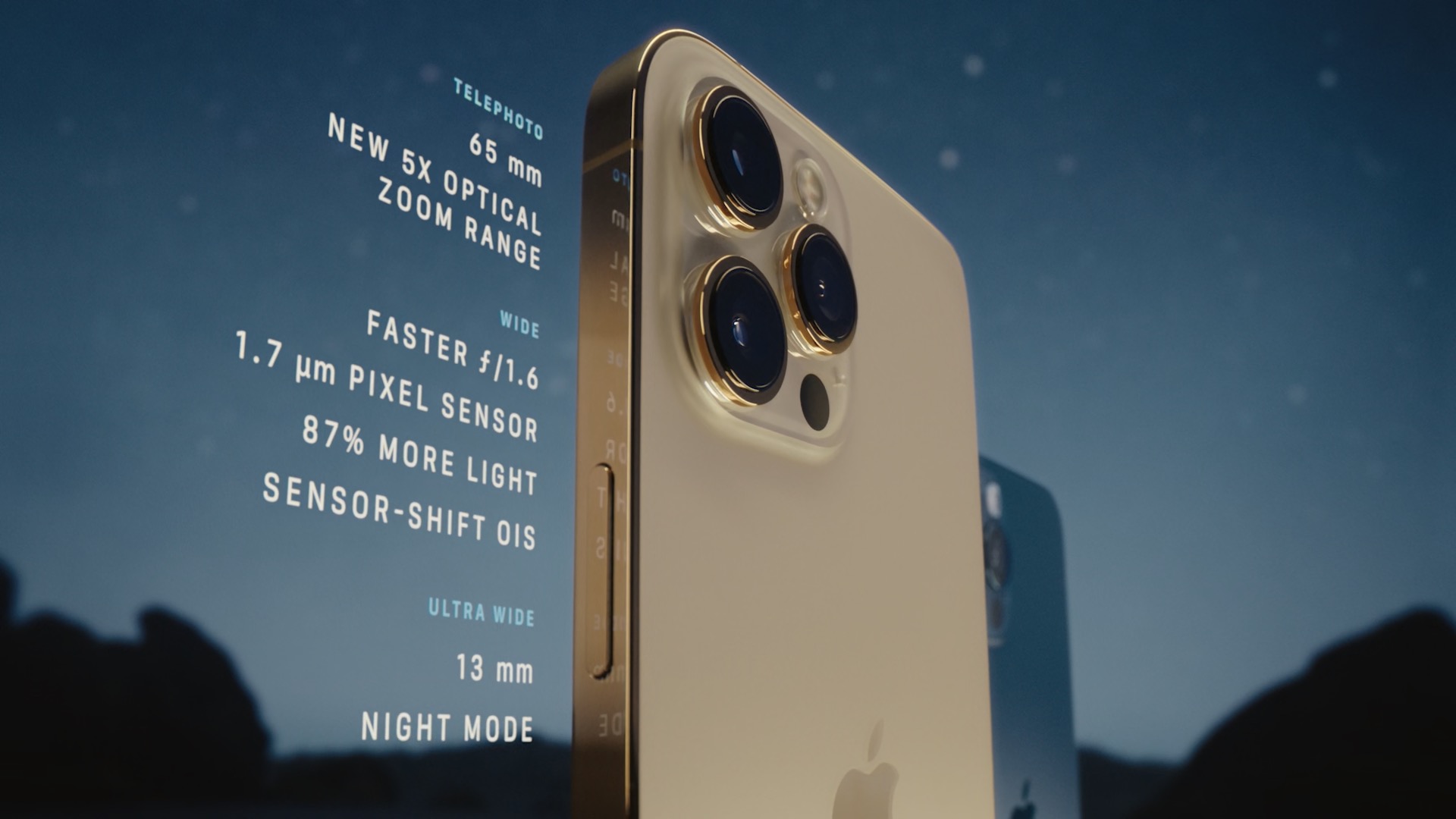
The iPhone 12 Pro models naturally feature the same A14 chip as their iPhone 12 counterparts, although Apple is putting this to even stronger use in its flagship iPhones in order to bring actually professional-grade photography to the table.
As with the iPhone 12, the A14 means that features like Night Mode and Deep Fusion will be coming to all of the cameras, including the front TrueDepth camera. While Apple chose the iPhone 12 Pro announcement to talk about Deep Fusion, as with the iPhone 11 last year, this feature is available on the iPhone 12 as well as the iPhone 12 Pro.
However, that's about where the camera similarities end, since while the iPhone 12 Pro still only sports a three-lens camera system, Apple has not only given the sensors a healthy upgrade, but for the first time since the 2017 iPhone 8 Plus, it's once again set the "Max" model apart with a better camera.
While the main lens on both models gets an upgrade that follows the same change on the iPhone 12 — an f/1.6 7-element lens — the two models depart when it comes to the capabilities in the telephoto lens. While the 6.1-inch iPhone 12 Pro says with a 52mm f/2.0 6-element lens that's similar to last year's model (although likely with a slightly upgraded sensor), the 6.7-inch iPhone 12 Pro Max moves to a 65mm f/2.2 lens that offers a bump to a 2.5x optical zoom.
To be clear, during the keynote Apple described these as 4x and 5x zoom ranges, however it's referring to the entire lens system here, since the ultra-wide provides a negative 2x zoom — the ability to zoom out. In other words, the 6.1-inch iPhone 12 Pro will let you zoom out 2x using the ultra-wide, and in 2x using the telephoto, while the iPhone 12 Pro Max, which has the same ultra-wide lens can zoom out by 2x, but in by 2.5x thanks to its 65mm lens.
It's actually a somewhat subtle difference overall, but it does provide for additional framing options without having to resort to digital zoom, and by extension also means that iPhone 12 Pro Max users will be able to get a total digital zoom range of up to 12x, versus the 10x shared by both iPhone 11 Pro models and the 6.1-inch iPhone 12 Pro, so you will be able to get even closer shots either way.
In addition, the iPhone 12 Pro Max has also gained a 47 percent larger sensor (1.7µm) which gives it an 87 percent improvement in low light conditions.
Apple has also implemented new optical image stabilization technology on the iPhone 12 Pro, using the DSLR "Sensor-Shift" approach to apply stabilization to the sensor instead of the lens, which will have the advantage of cancelling out both normal handshaking movements to even higher-frequency shifts like vibrations from a moving car. Thanks to the A14 chip, the iPhone 12 Pro is capable of making up to 5,000. micro-adjustments per second.
Apple ProRAW
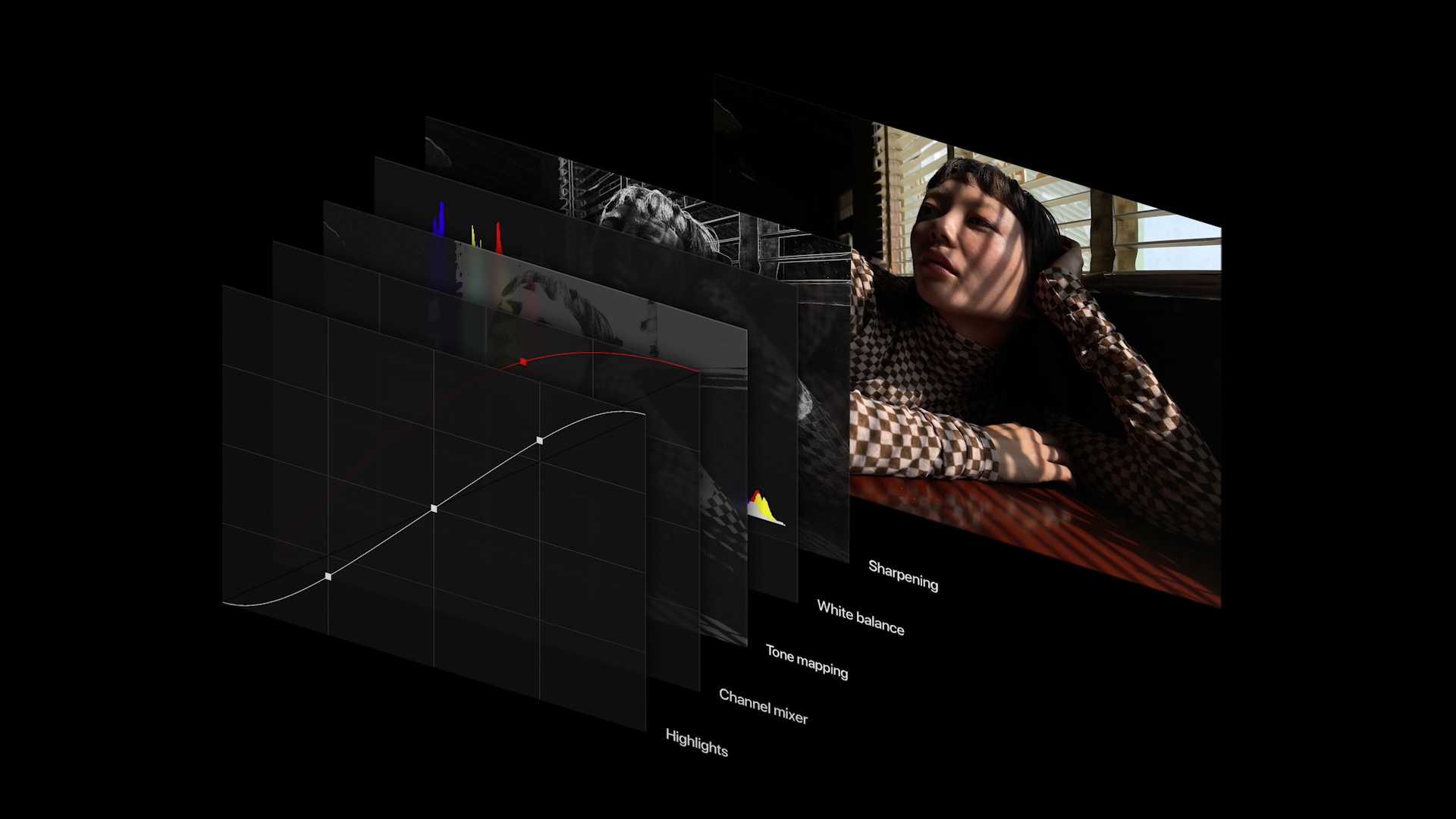
This year Apple is delving even deeper into professional photography features to set its higher-end models apart. While the iPhone 12 camera features are more geared toward fun and casual use, it's clear that Apple is ensuring that serious photographers have the tools they need to use the iPhone 12 Pro as a full camera system.
Nowhere is this more apparent than with the addition of a new format, Apple ProRAW, which will allow users to capture RAW photos without losing all of the advantages of the iPhone's computational photography features.
Although Apple has allowed users to shoot RAW photos for a few years now, this generally required a third-party app, and as new features like Smart HDR, Night Mode and Deep Fusion came along, they were naturally left out of RAW photos, which are entirely about capturing precise and unadulterated pixel-by-pixel data from the camera sensor.
With Apple ProRAW, however, Apple has created a new format that will allow it to layer all of its computational photography features as instructions, or essentially "edits," within the photo. When taking pictures in ProRAW mode, all of the details that would normally be applied to a JPEG or HEIC photo are still calculated, including sharpening, white balance, tone mapping, and highlights, but rather than being baked into the actual image, they're stored separately so that they can be read by ProRAW compatible photo editing tools.
Hence professional photographers get to reap all of the benefits and power of Apple's A14-powered computational photography without having to sacrifice the flexibility of RAW photo editing workflows. The deep image file is computed at the time of image capture without any shutter delay, and you'll be able to shoot ProRAW using any of the four iPhone 12 Pro cameras. Apple's own Photos app will support editing Apple ProRAW files, professional photo apps like Photoshop will be including support for the format, and of course there will be an iOS-level API for third-party apps to take advantage of.
As with some of Apple's other recent photographic advances, it appears that ProRAW won't be available right away, but will likely arrive in an iOS 14.x update later this year.
Dolby Vision Recording
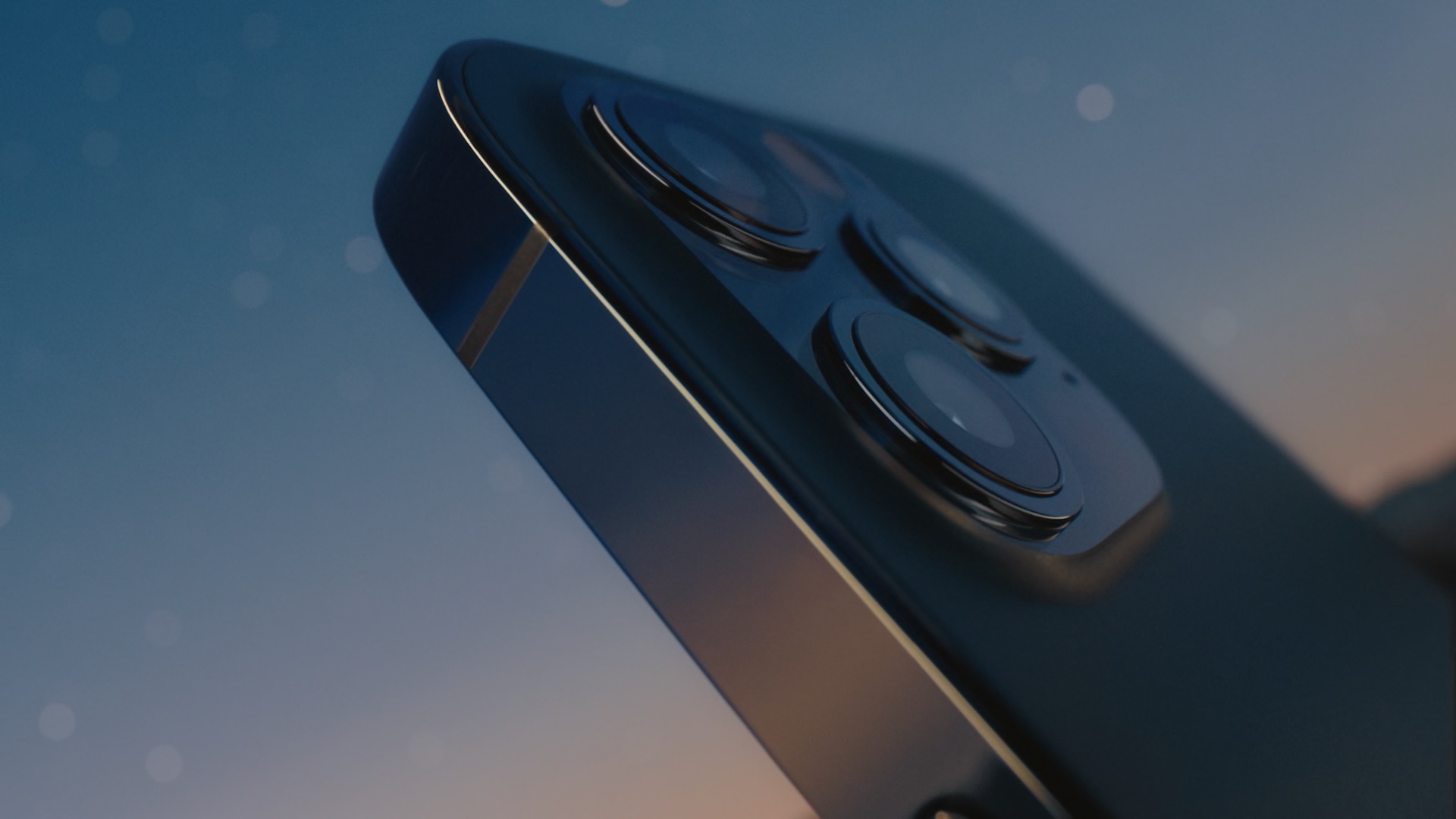
Another feature that clearly sets apart the iPhone 12 Pro as a tool for hardcore professionals is the introduction this year of native Dolby Vision HDR video recording.
It's a feature that's perhaps hard for the layperson to appreciate, but Apple did a great job here of presenting how much of a game changer this has the potential to become, since it's the first camera to support direct recording in Dolby Vision HDR — in other words, 10-bit HDR recording with the ability to capture 700 million colours.
Apple says that 60 times more colours than the iPhone camera could capture before, and it all appears to be thanks to the power of the A14 SoC's image signal processor, which can crunch through every single frame of video — even 4K 60fps video — in realtime to create it in Dolby Vision.
As Apple explained, before today creating Dolby Vision video required a professional studio lab and expensive equipment to edit, analyze, and re-encode the video. The iPhone 12 Pro will not only capture and create Dolby Vision content in real-time, but the Photos app will even allow these videos to be edited and regenerated into Dolby Vision on the fly, once again thanks to the power that's contained in the A14.
For serious videographers, this really puts the "Pro" in the iPhone 12 Pro, considering that it's now possible to handle an entire end-to-end professional video workflow, from capturing and editing to watching and sharing, especially with 5G support now making it even easier to share 4K HDR videos from the field.
LiDAR Scanner
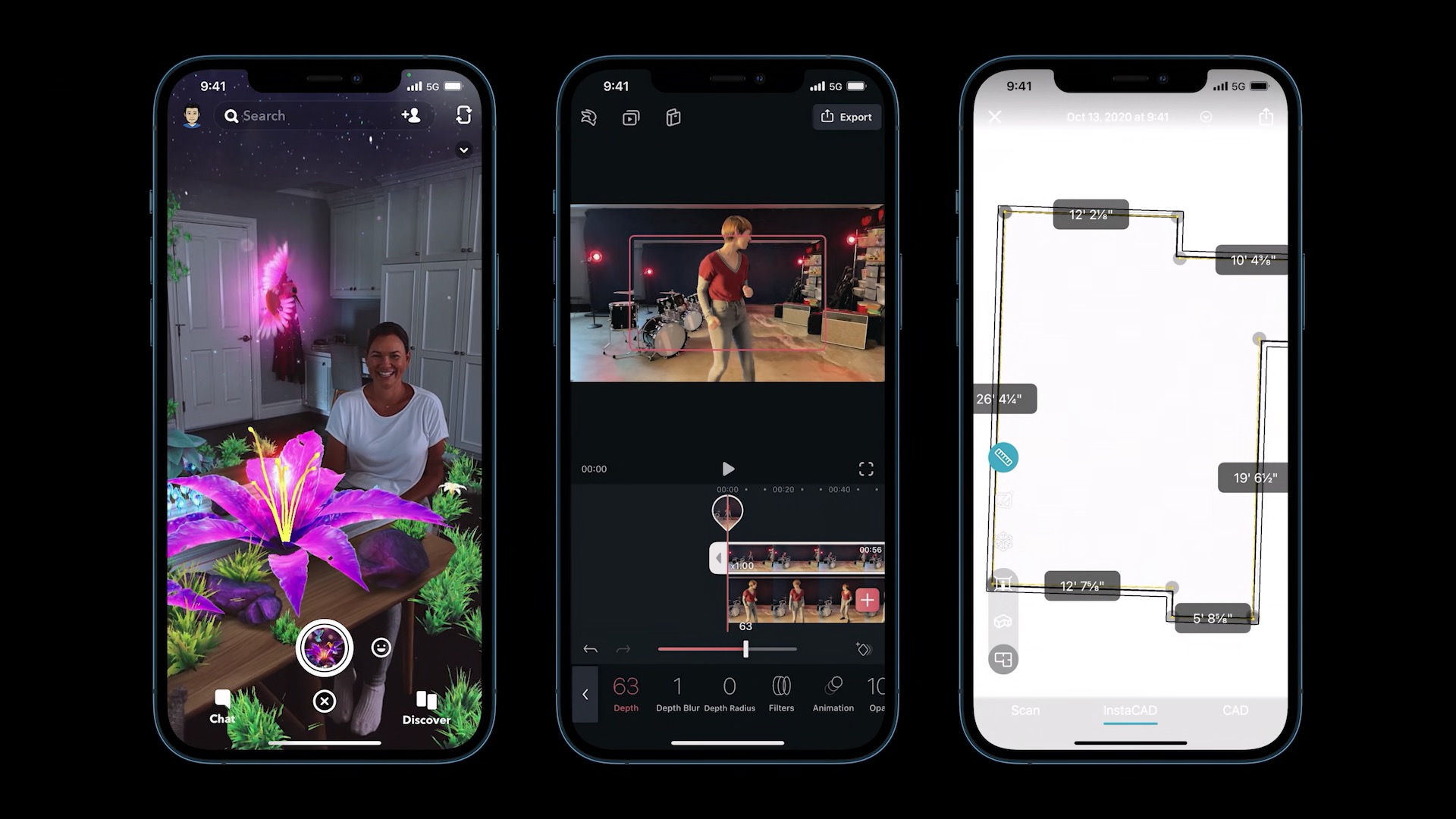
Compared to everything else about the iPhone 12 Pro, Apple actually had surprisingly little to say about the new LiDAR Scanner, with Apple's iPhone Product Line Manager, Francesca Sweet, taking the stage for only a few minutes to explain what the sensor is and briefly talk about how it will be used.
Of course, we already know in general terms what the LiDAR Scanner is capable of, as Apple already debuted it in the iPad Pro last spring, although that was focused primarily on augmented reality applications.
As Sweet pointed out, the iPhone 12 Pro will of course gain those capabilities, enabling object and room scanning and precise placement of AR objects. With the iPhone however, Apple is also leveraging the LiDAR scanner to significantly reduce capture time in low-light scenarios by using it to power autofocus.
Apple says this will improve focus time in low light scenes by a factor of 6, letting you capture photos more quickly. It will also power depth mode in low light conditions so that you'll be able to get even better Night Mode Portrait shots.
Everything Else from the iPhone 12
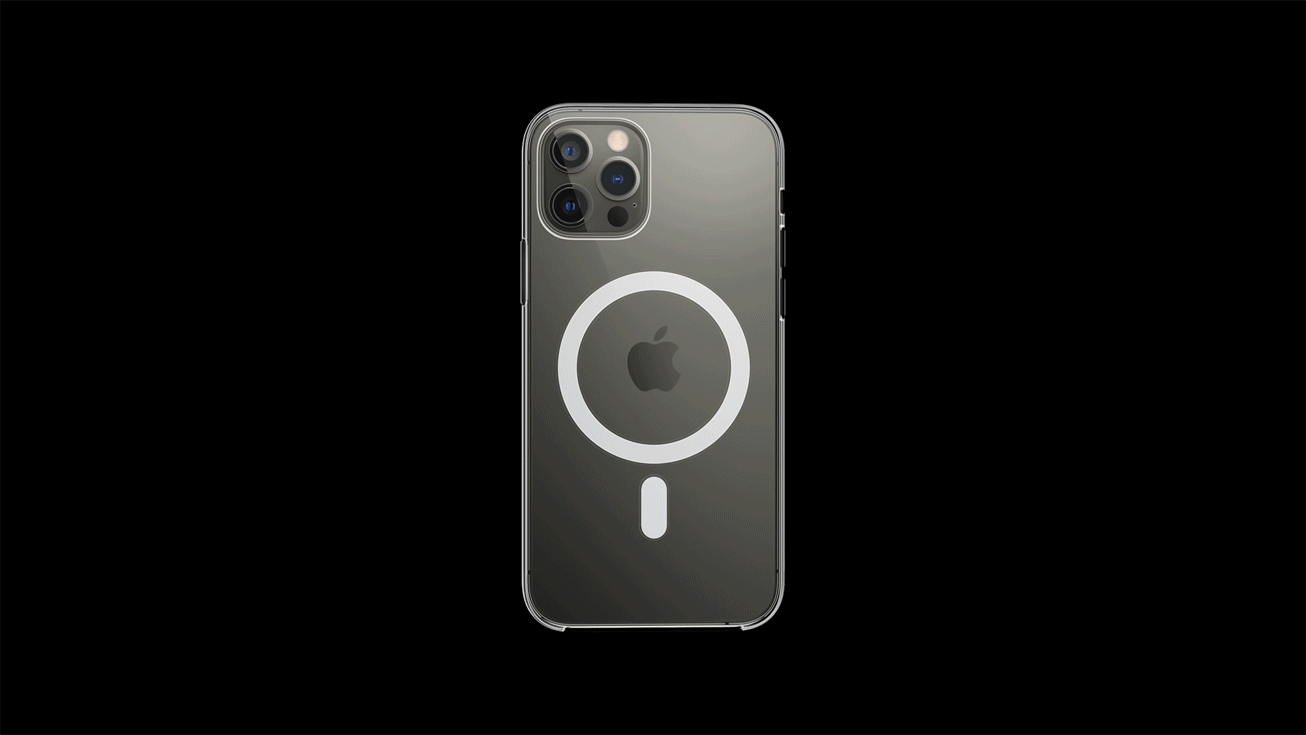
Naturally the iPhone 12 Pro models also include all of the other great features that Apple introduced with the iPhone 12, including ultrafast 5G technology, the significantly more durable Ceramic Shield glass, and the new MagSafe connector system.
As with last year's iPhone 11 lineup, the iPhone 12 Pro is in every way an enhanced version of the entry-level model, and there's absolutely nothing that the iPhone 12 can do that the iPhone 12 Pro cannot (except cost less, of course).
Pricing and Availability
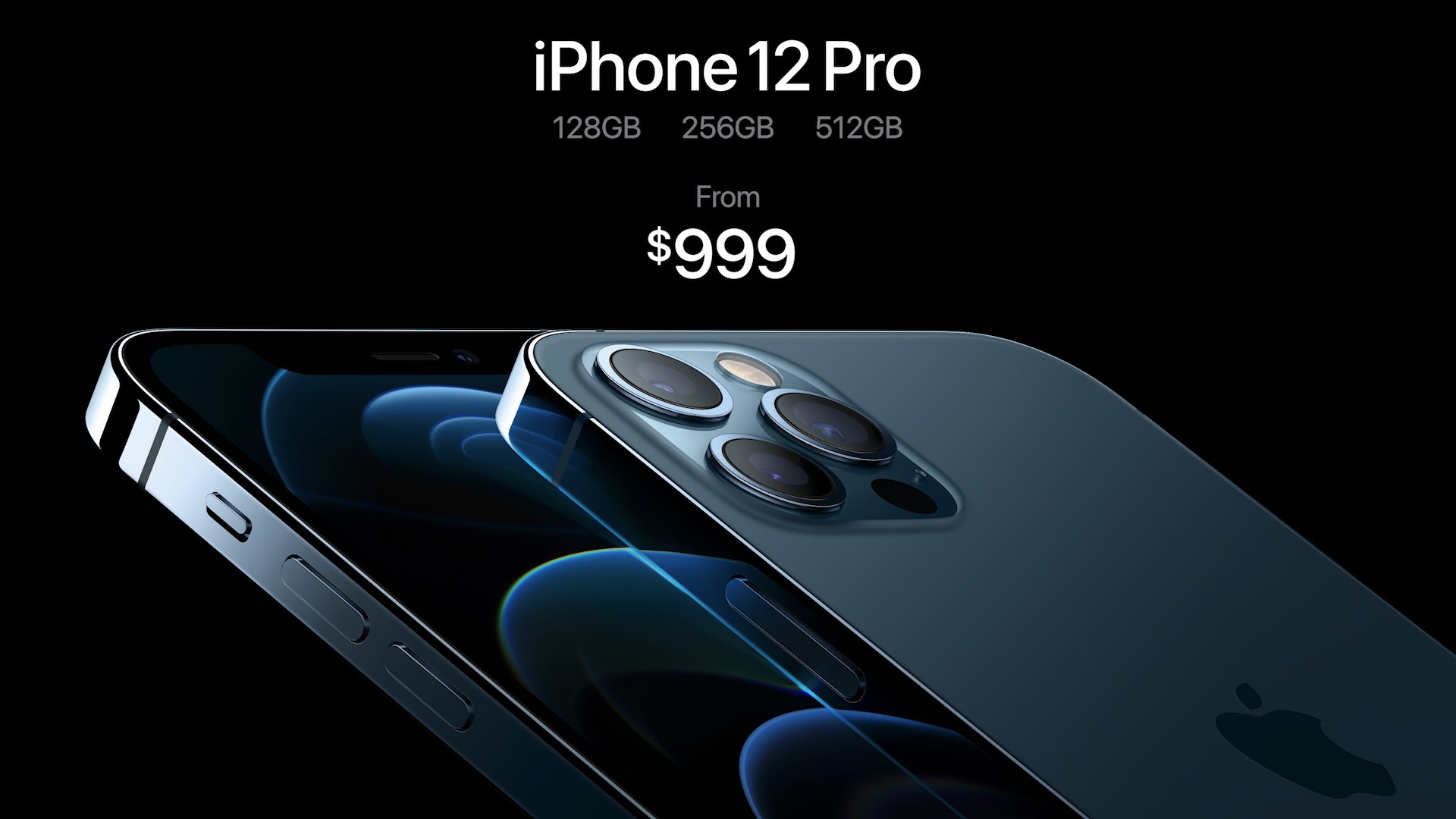
As with the iPhone 12, the iPhone 12 Pro models will no longer include a charger nor EarPods in the box, and while there's been no price reduction for the removed accessories, Joz made a point of emphasizing that Apple has kept the price for the iPhone 12 Pro and iPhone 12 Pro Max the same as the prior models while also doubling the entry-level capacity, so in a sense, there has been a price drop.
The 6.1-inch iPhone 12 Pro will start at $999 for 128GB, while the 6.7-inch iPhone 12 Pro Max will enter at $1,099 for the 128GB version.
While some reports had suggested that both Pro models would be delayed until November, it turns out that Apple will have the 6.1-inch iPhone 12 Pro available to pre-order this Friday, October 16th, arriving in stores next Friday, October 23rd alongside its same-sized non-pro counterpart.
Those looking for the larger iPhone 12 Pro Max with the better telephoto camera will have to wait until November, with the 6.7-inch model going up for preorder with the iPhone 12 mini on November 6th, and landing in stores on November 13th.
